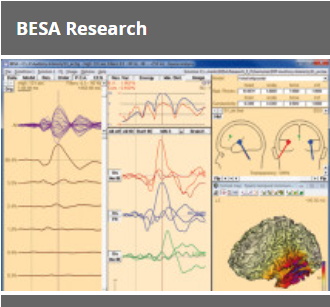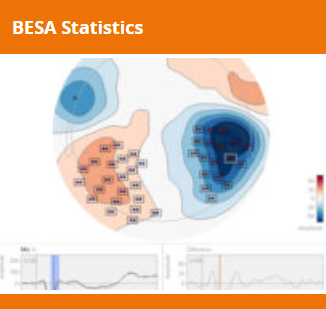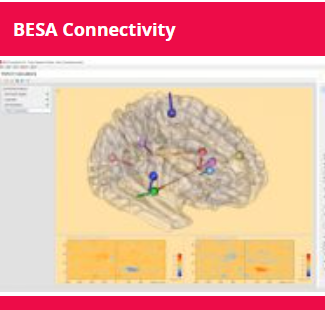
Brain Electrical Source Localization - BESA RESEARCH 7.1
BESA is the most widely used software for source analysis and dipole localization in EEG and MEG research. BESA Research has been developed on the basis of 30 years experience in human brain research by the team around Michael Scherg, University of Heidelberg, and Patrick Berg, University of Konstanz.
Brain Electrical Source Localization - BESA STATISTICS 2.1
BESA Statistics 2.1 greatly enhances the options of the previous version 2.0. As before, dedicated workflows allow you to perform t-test, single-factor ANOVA, and correlation analyses of your data using the parameter-free cluster permutation statistics which so elegantly solve the multiple-test problem. Several new input data types were added to this pipeline, in order to ensure that time-frequency analyses and connectivity analyses are now fully supported.
Brain Electrical Source Localization - BESA CONNECTIVITY 2.0
BESA Connectivity 2.0 provides optimized, user-guided workflows for time-frequency and connectivity analysis of EEG/MEG data. Multiple well-established methods are provided. They were optimized for stream-lined performance that yields results for multiple combinations of input data types, time-frequency methods, and connectivity measures.
Brain Electrical Source Localization : MRI 3.0
BESA MRI is software to generate individual head models (BEM / FEM) that can be used for EEG and / or MEG source analysis. BESA MRI also allows co-registration of EEG / MEG data with individual MRI data, and visualization of dipole solutions generated in BESA Research in the individual anatomy. BESA MRI is the first software that offers an easy, intuitive interface with an integrated workflow guiding the user step-by-step.






